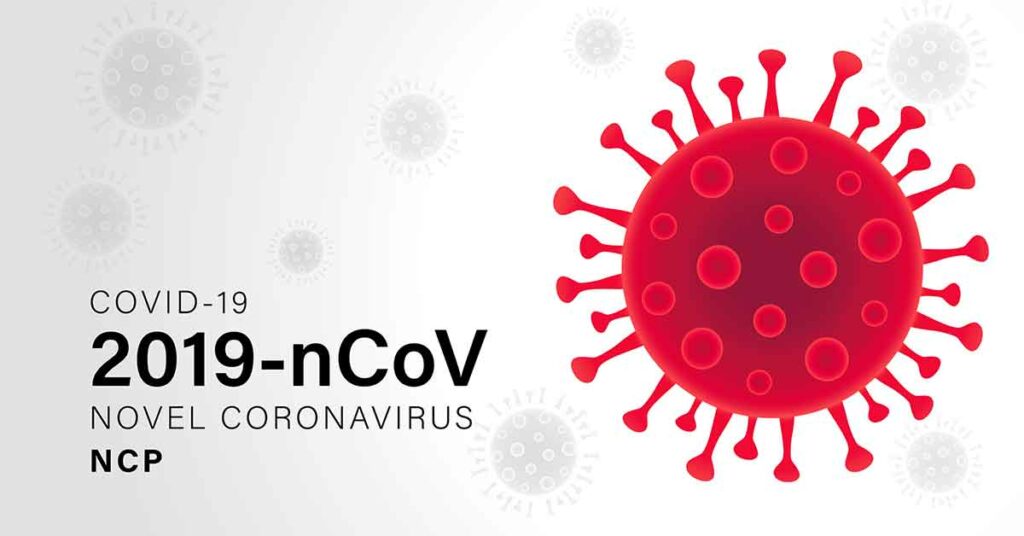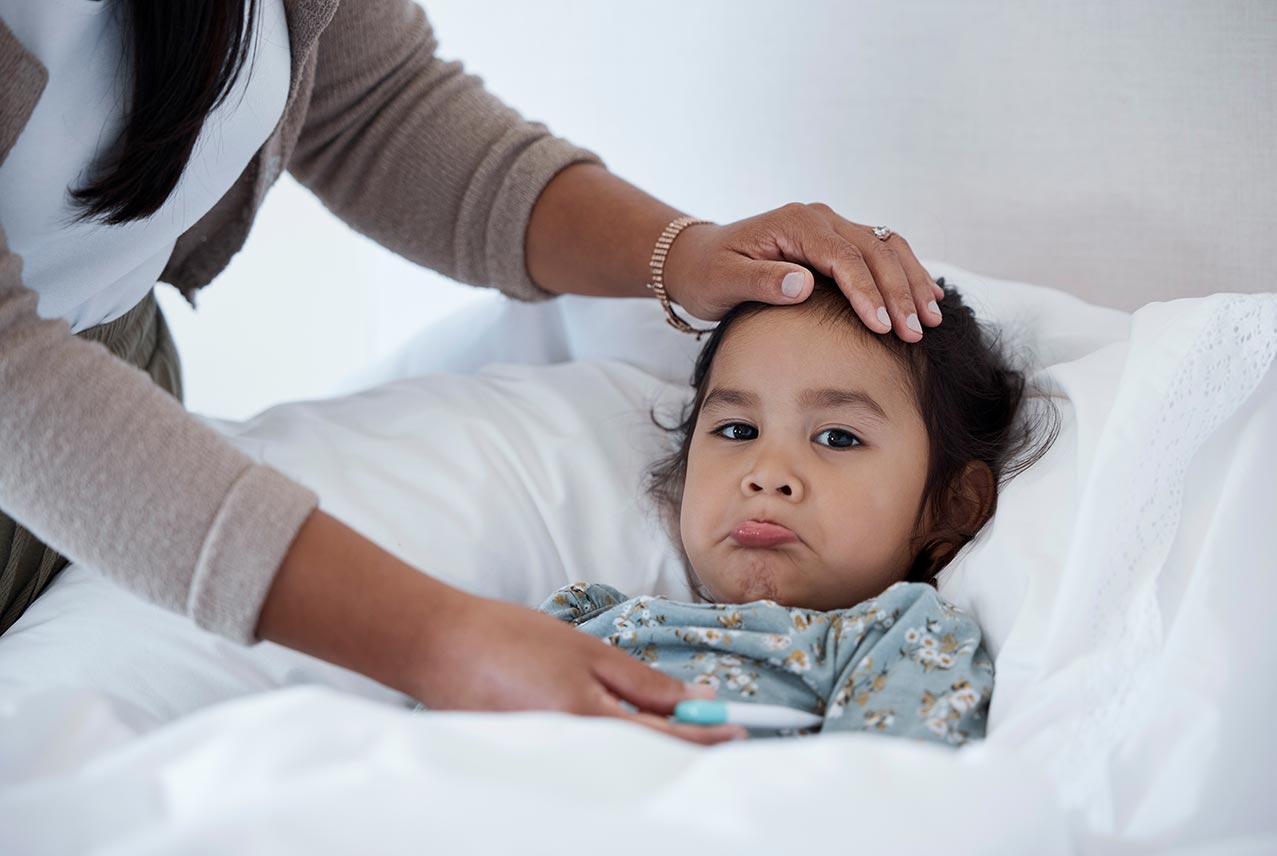
COVID-19 Update
July 29, 2020
We are aware of concerns about the use of emergency rooms for emergency COVID-19 testing. We are particularly aware of the lack of available options to patients in our community for immediate and emergency COVID testing, including very long lines, poorly controlled social distancing, and dangerous levels of heat in the Texas climate in many of the testing sites that are available. Additionally, many sites do not offer rapid testing with patients sometimes waiting 8 to 11 days for their results. Such long waits can undermine the necessity of testing and render the results almost useless, or even harmful when unidentified COVID-positive patients fail to isolate appropriately.
We want to continue to be a resource to our patients for convenient, safe, and efficient emergency COVID-19 testing. We have gone to considerable expense to acquire testing machines, supplies, personal protective equipment (PPE) and to bring on additional staff to meet the incredible demand for emergency COVID-19 testing.
At Elitecare Emergency Hospital Room, we will also continue to honor our commitment to be financially responsible in our billing and collection practices and in our relationship with the insurers who are contracted to protect our patients. During the COVID-19 pandemic and crisis and for as long as the pandemic and crisis exist, the major health insurers have committed to cover emergency COVID-19 testing with zero cost-sharing to patients. We have administratively decided that we will match that commitment – all future emergency COVID-19 testing for asymptomatic and low-acuity patients during the pandemic and crisis will be billed at the lowest billing level that also includes a physician evaluation. We feel that a physician or provider evaluation of each and every patient is the safest way to preserve the health and safety of our community at this time. This visit and testing will be charged to insurers as a level 2 emergency room visit (the lowest billing level for an emergency room visit that also includes a physician or medical provider evaluation), plus the cost of the COVID-19 test, even though a higher level visit is justified in most cases. This does not apply to patients who require a more substantial medical evaluation and work-up, including additional testing, and treatment.
We stand with our community during this difficult time. We are ready, able, and prepared to handle any and all COVID-19 and medical emergencies.
If you have any questions, please contact our front desk or our local facility administrator by calling 281-337-7500.
Current COVID-19 Case Data
[cov2019namerica]
[cov2019map]
Signs & Symptoms
Coronavirus (COVID-19) is a respiratory illness that can spread from person to person. It was first identified in Wuhan, China. Patients with COVID-19 may have mild to severe respiratory illness with symptoms of
- Fever
- Cough
- Shortness of breath
- If you are sick, stay home except for a medical emergency.
- Separate yourself from other people
- Monitor your symptoms
- Stay in contact with your PCP
If you have any of these emergency warning signs* for COVID-19 get medical attention immediately:
- Trouble breathing
- Persistent pain or pressure in the chest
- New confusion or inability to arouse
- Bluish lips or face
*This list is not all-inclusive. Please consult your medical provider for any other symptoms that are severe or concerning.
COVID-19 Testing
If you experience mild fever or cough, CDC recommends that you stay home and CALL YOUR DOCTOR!
CDC COVID-19 Testing Recommendations:
If you are a close contact of someone with COVID-19 or you are a resident in a community where there is ongoing spread of COVID-19 and develop symptoms of COVID-19, call your healthcare provider and tell them about your symptoms and your exposure. They will decide whether you need to be tested, but keep in mind that there is no treatment for COVID-19 and people who are mildly ill may be able to isolate and care for themselves at home.
If your doctor sees that you meet the requirements for testing be sure to wear a mask, cover your coughs and sneezes, and frequently clean your hands on your way to be tested.
If you experience severe pain, shortness of breath, or chest pain, you need to seek emergency care. See more symptoms here.
For more information visit: CDC COVID-19 TESTING ADVICE.
Prevention & Limiting The Spread
COVID-19 is thought to spread mainly through close contact from person-to-person in respiratory droplets from someone who is infected. People who are infected often have symptoms of illness. LEARN MORE
The best way to prevent infection is to avoid being exposed to the virus that causes COVID-19. There are simple everyday preventive actions to help prevent the spread of respiratory viruses. These include:
- Know how it spreads.
- Wash your hands often for at least 20 seconds.
- Avoid close contact with people.
- Disinfect your home, car and personal belongings daily
- Wear a face mask that covers your nose and mouth when going out in public.
- Avoid touching your eyes, nose, and mouth with unwashed hands.
- Use an alcohol-based hand sanitizer that contains at least 60% alcohol if soap and water are not available.
Learn more: https://www.cdc.gov/coronavirus/2019-ncov/specific-groups/high-risk-complications.html
As the Coronavirus continues to spread, CDC and other public health organizations warn the public to engage in methods that help individuals and communities prevent contracting the new coronavirus disease 2019 (COVID-19). We have listed these methods below to include links to help our community stay informed.
- Wash your hands often
- Wear a mask in public
- Cover your mouth when coughing or sneezing
- Avoid large crowds
- Engage in social distancing (6 ft)
- Isolate when you are sick
To keep from spreading respiratory illness to others, you should:
- Stay at home when you are sick.
- Avoid travel to areas with widespread illness from COVID-19
- Cover your cough or sneeze with a tissue, then throw the tissue in the trash.
- Clean and disinfect frequently touched objects and surfaces.
If you traveled internationally (to high-risk countries, China, Iran, Italy, South Korea, and Japan or Hong Kong) within the past 14 days and feel sick with fever, cough, or difficulty breathing, you should seek medical care. Call the office of your health care provider before you go, and tell them about your travel and your symptoms. They will give you instructions on how to get care without exposing other people to your illness. While sick, avoid contact with people, don’t go out, and delay any travel to reduce the possibility of spreading illness to others.
Social Distancing, Isolation & Quarantine
- Social distancing, also called “physical distancing,” means keeping space between yourself and other people outside of your home.
- Isolation is for people who already ARE sick.
- Quarantine is for people who might become sick because they may have been exposed to sick people.
Click here to learn more from CDC.
Self-Isolation
People at higher risk and or are already sick should isolate. Early information out of China, where COVID-19 first started, shows that some people are at higher risk of getting very sick from this illness including older adults, and people who have serious chronic medical conditions like heart disease, diabetes, and lung disease. If you fall into any of these categories, please take steps to isolate.
Learn more: https://www.cdc.gov/coronavirus/2019-ncov/specific-groups/high-risk-complications.html
If you are at higher risk of getting very sick from COVID-19, you should:
- Stock up on supplies.
- STAY HOME
- Take everyday precautions to keep space between yourself and others.
- When you go out in public, keep away from others who are sick, limit close contact and wash your hands often.
- Avoid crowds as much as possible.
- Avoid cruise travel and non-essential air travel.
- During a COVID-19 outbreak in your community, stay home as much as possible to further reduce your risk of being exposed.
According to the CDC, self-isolation is very critical to preventing the spread of sickness especially in the case of COVID-19. To be clear, self-isolation is required for individuals who are already sick. CDC recommends that individuals should self-isolate for at least 14 days.
Quarantine
Quarantine is the separation of a person (or group of people) who is believed to have been exposed to a communicable disease, but who is not currently showing symptoms.
If you have been exposed to COVID-19, you may decide to self-quarantine, or voluntarily refrain from going out of your home. The CDC and other health officials recommend that if you self-quarantine, you do so for 14 days. If you have contracted COVID-19, you would show symptoms or will have had the opportunity for testing for the virus to know for sure if you are contagious.
Individuals who have been exposed to the virus or have tested positive for the virus should self/home quarantine. In addition, individuals who have been within 6 feet of someone infected are at risk and should self-quarantine as a precaution.
If you fall in any of the above categories,you should self/home quarantine.
Individuals who are self/home quarantined should NOT
- run errands
- take public transportation
- go to work
- have visitors.
- The CDC has issued recommendations for travelers arriving from certain countries to self-quarantine for 14 days.
- If someone at your work or school was definitely exposed, you may want to consider self-quarantine.
- If you have a fever and a dry cough
- If you are unsure if you should self-quarantine, call your doctor and tell them why you think you may have been exposed to the virus and what you should do.
While self-quarantined individuals should monitor symptoms and seek care immediately if symptoms get worse. The CDC advises individuals to “Stay home except to get medical care”.
SOCIAL DISTANCING
As a means for preventing the spread of COVID-19 individuals should refrain from attending social and or community events. This is a way to protect yourself and community from getting and spreading respiratory illnesses. CDC is aggressively responding to the global outbreak of COVID-19 and community spread in the United States. CDC’s “All of Community” approach is focused on slowing the transmission of COVID-19 and reducing illness and death while minimizing social and economic impacts. According to the CDC, social distancing includes “remaining out of congregate settings, avoiding mass gatherings, and maintaining distance (approximately 6 feet or 2 meters) from others when possible.”
- Examples of “congregate settings” the CDC warns about would be:
- Crowded public places such as shopping centers, movie theaters or stadiums
- Conferences
- Classes
- Mass transit
- Sporting events
Avoiding larger crowds during this time to flatten the curve is key to slow the spread of COVID-19. Other ways of social distancing are the following:
- Working from home instead of at the office
- Closing schools or switching to online classes
- Visiting loved ones by electronic devices instead of in-person
- Canceling or postponing conferences and large meetings
Take action in protecting your community.
Treatment & Vaccine Info
There is no specific antiviral treatment for COVID-19. People with mild symptoms of COVID-19 should call their primary care physician (PCP) for medical treatment.
There is currently no vaccine to protect against COVID-19. The best way to prevent infection is to avoid being exposed to the virus that causes COVID-19.
This article and much of the information contained herein is obtained from the CDC website referenced below. This is a very brief summary and is not inclusive of everything that is currently known about COVID-19 and is for informational purposes only.
For more information: www.cdc.gov/COVID19





